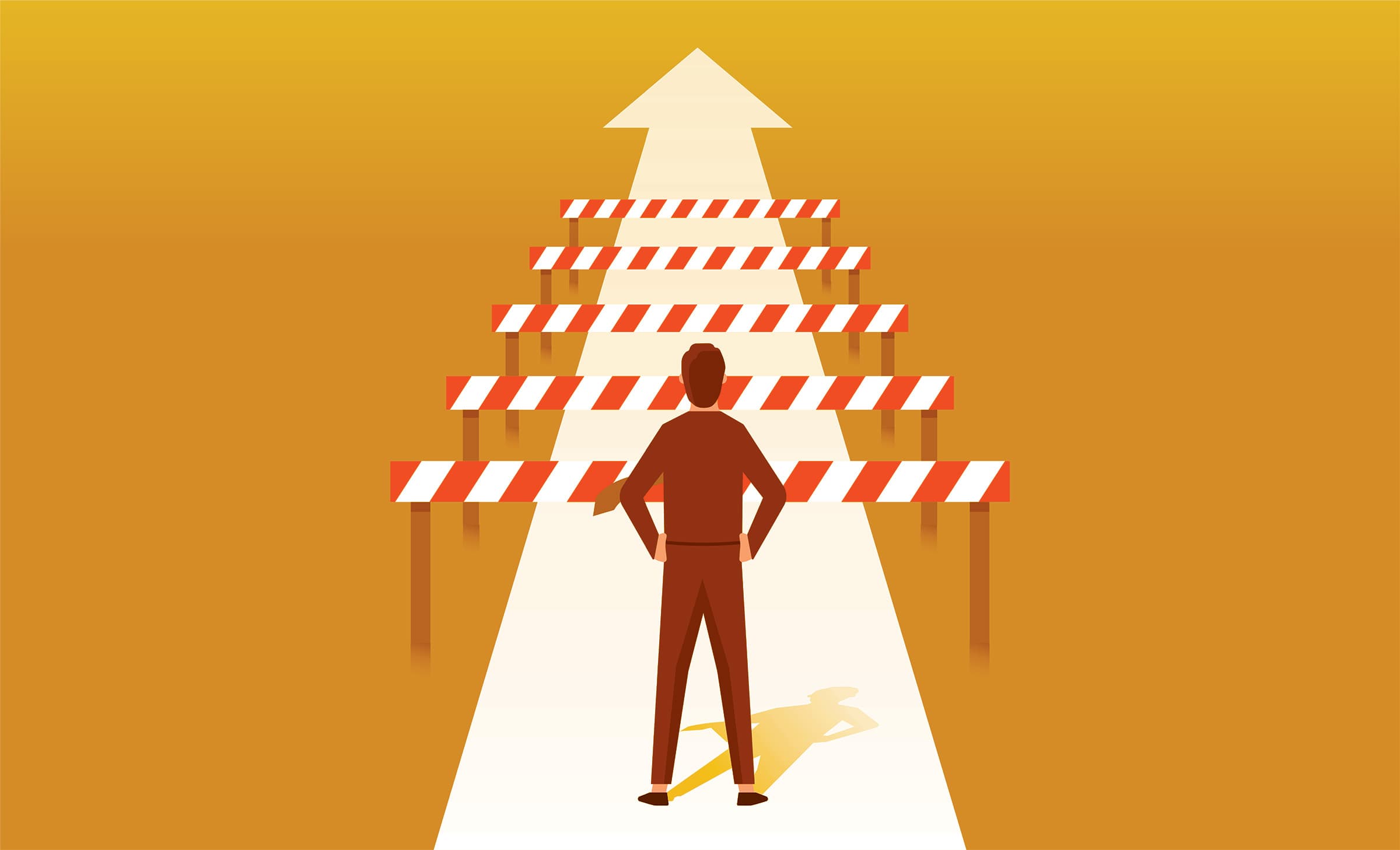
Help! My lone worker procedures are out of date
Relying on buddy systems, diaries and manual check-in calls to ensure that lone workers are safe can be unreliable and leave employees vulnerable to harm.
Whilst having a manual system is better than having nothing at all, these types of safety measures can be flawed – primarily because they put the onus on the employee to remember to update their diary and make a check-in call. In reality, people are busy, appointments change and calls get forgotten.
Manual systems can also be flawed from an administrative perspective. They require an extremely robust set of procedures to be followed at a team level; for example, who monitors that diaries are updated? Who records that check-in calls are made? Is there a dedicated person who is responsible for these tasks? Do buddies take their role seriously – or would they assume their colleague was just busy if they didn’t call when expected?
Plus, if an employee does go missing, manual systems rely on retrospective information – meaning all you have to go on is where they were supposed to be.
It is these types of unknowns – and the huge capacity of human error – that mean buddy systems and check-in calls are now viewed as being of a lower standard in terms of health and safety provision.
Solution:
Lone worker solutions address many of the weaknesses of manual check-in systems
Specialist lone-worker solutions provide a more robust way to protect staff because they have the functionality and surrounding service to ensure that employees are always protected. Moreover – you can actually check that employees are using them when they are supposed to be.
A solution like StaySafe, which is an app and surrounding cloud-based monitoring hub, gives visibility of employee locations in real-time, as well as giving staff the ability to call immediately for help in an emergency via a range of alerts. StaySafe also has a check-in functionality, which, if missed, alerts a monitor to the situation so that it can be escalated.
Dedicated lone worker safety solutions like StaySafe can also be linked to professional monitoring partners who take care of monitoring staff locations and responding to alerts – removing the burden of ensuring staff safety away from internal teams and colleagues and into the hands of trained specialists.
Whether you manage your lone workers in-house, or you already have a lone worker solution in place, we are confident that StaySafe can help you to manage your lone workers more effectively. See how we compare
Help! My staff aren’t using their lone worker devices
When staff are issued with safety devices and they don’t use them, it not only leaves staff unprotected, it is also a significant waste of investment.
A common type of lone worker device is an ID card worn on a lanyard or clothing that acts as a panic button in an emergency. However, many organizations have reported that staff are not using them (leaving them uncharged, or in their bag or car).
Of course, this is worse than not having anything in place at all; manual systems for checking staff safety would have been replaced by a device, which in turn isn’t being worn, or is left uncharged in the office or car. On paper you have ‘done the right thing’ but in reality, staff are left more vulnerable than before.
Solution:
Lone worker solutions address many of the weaknesses of manual check-in systems
Bottom line – you need to be able to see who is using the lone worker solution you invest in and when. This ensures that staff are protected and you are getting a positive ROI.
As lone worker apps utilize cloud-based technology and sophisticated monitoring and reporting systems it is possible to see who is using – or not using – the app and follow up with specific team members to offer extra support.
StaySafe clients have access to a range of dashboards and reports, allowing them to drill down into staff usage and address any areas of concern. The app also features in-app training, which all new users must complete, ensuring they are fully up to speed with how to use the app from the first time they log in. If they have any subsequent issues or queries, our customer support team is on hand via web chat, phone or email to provide assistance.
Whether you manage your lone workers in-house, or you already have a lone worker solution in place, we are confident that StaySafe can help you to manage your lone workers more effectively. See how we compare
Help! My staff work in low-signal areas
A common concern from organizations is what happens if a staff member is in an area of low or no signal?
Solution:
StaySafe provides 16% more coverage than other solutions
StaySafe offers 16% more coverage in low-signal areas than any other lone worker app, via our low-signal mode which comes as standard for all app users.
When low signal mode is active, the app only needs a single bar of signal2G connection to maintain communications with the monitoring hub. In addition, missed check-in alerts still signal in the Hub even if the employee has lost signal coverage completely.
The StaySafe app seamlessly switches between all available connections to offer the very best level of connectivity and protection to your lone working employees.
High-speed mobile data and Wi-Fi will always be the StaySafe app’s preferred connection, but in areas where connectivity is limited, Low Signal Mode is automatically activated.
While in Low Signal Mode, session communications will continue to be sent to the Hub via SMS. Alerts and session functions will continue to operate as usual, with location data updating if an alert is triggered.
Data is the first connection the StaySafe app attempts to make, but in areas where a signal cannot be made, low signal mode is automatically activated. While in low signal mode, session communications will continue to be sent to the Hub via SMS. Alerts and session functions will continue to operate as usual, with location data updating if an alert is triggered.
Session Expiry and Missed Check-In alerts do not require connectivity. This means that as long as the employee begins a session while connected, alerts will be sent if they fail to check in. This provides a no-cost solution when the signal is down.
Low signal mode means that staff members who work in hospitals or other buildings with low signal or those that attend patients’ homes in rural or remote areas can still be protected.
Whether you manage your lone workers in-house, or you already have a lone worker solution in place, we are confident that StaySafe can help you to manage your lone workers more effectively. See how we compare
Help! My lone-worker solution isn’t providing value for money
Solution:
Comprehensive onboarding and end-to-end support
The purchase of a lone worker safety solution should include a high-level of wrap-around service, taking you from the initial launch and onboarding right through to contract renewal. In between, support should be on hand and regular catch-ups provided to ensure that you are still getting the maximum benefit from the solution.
At StaySafe we have a dedicated Customer Success Team who work with you to ensure that you get the most from your investment.
Our clients benefit from a comprehensive onboarding and support service from the moment you begin working with us. This includes a dedicated Account manager who will work with you to configure your Hub settings, through to interactive training and multiple support channels.
For example, one of our Local Authority clients has achieved excellent results through our new onboarding and training process. We have worked closely with them to identify unengaged users and provide training, including our in-app training, emails, video content and tutorials, online drop-in sessions and user guides. This program of engagement and training has resulted in the number of active users increasing by an impressive 137.5% and the average number of lone working sessions run by their employees rising from an average of 600 to 1530 per month.
Re-engagement is also important. If someone hasn’t logged in to the solution for a while, it is imperative that this is flagged and addressed. This can be done through access to dashboards and usage reports, helping employers to quickly identify and rectify any issues before they become embedded behaviors.
StaySafe customers also receive scheduled reports which enable managers to identify which members of their team are not using the app and follow up with them. Our Account Managers also have regular calls with clients to help identify any areas of improvement, such as gaps in staff training or high numbers of false alarms.
In addition, within the StaySafe Hub, inactive users and users who haven’t completed their training are also sent a series of re-engagement emails – similar to the emails we use during the onboarding phase – to help get them back on track.
Likewise, if an employee has a problem with the solution, access to a dedicated support function is important, so that issues can be resolved quickly – whether that is a forgotten password or trouble navigating the system. The StaySafe Customer Success Team can be contacted with any queries via webchat, email and phone and currently hold a positive feedback rating of over 95%.
Whether you manage your lone workers in-house, or you already have a lone worker solution in place, we are confident that StaySafe can help you to manage your lone workers more effectively. See how we compare
Are you protecting your lone workers?
Our comprehensive guide covers everything you need to know about lone working.
From identifying the lone workers in your organization, to the risks they face in different environments, our lone worker guide will ensure you know how to keep your staff protected and meet your legal duty of care.
Yes, review policy
Explore our range of lone worker solutions
See StaySafe in action
- 2 week free trial
- See how employees can use the app to check-in & send alerts
- See realtime updates in the monitoring hub
Guide to Lone Working
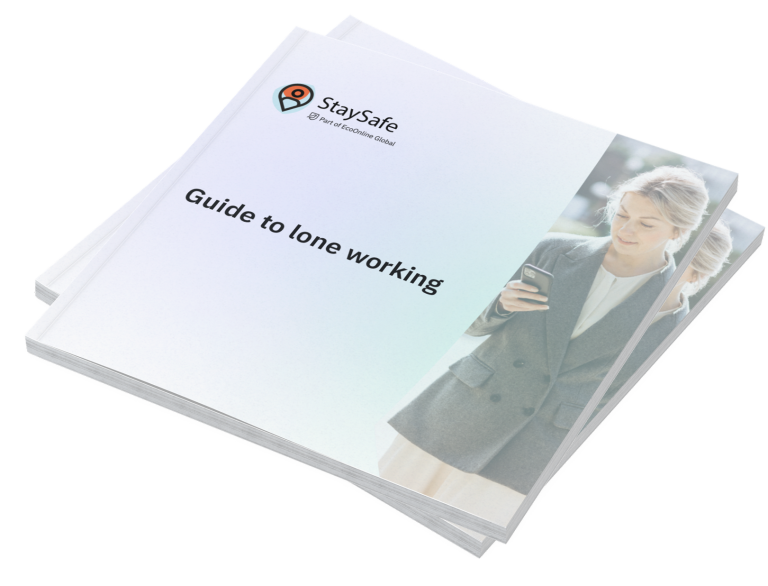
A comprehensive lone worker guide for employers, managers and the self employed.
Lone Worker Risk Assessment
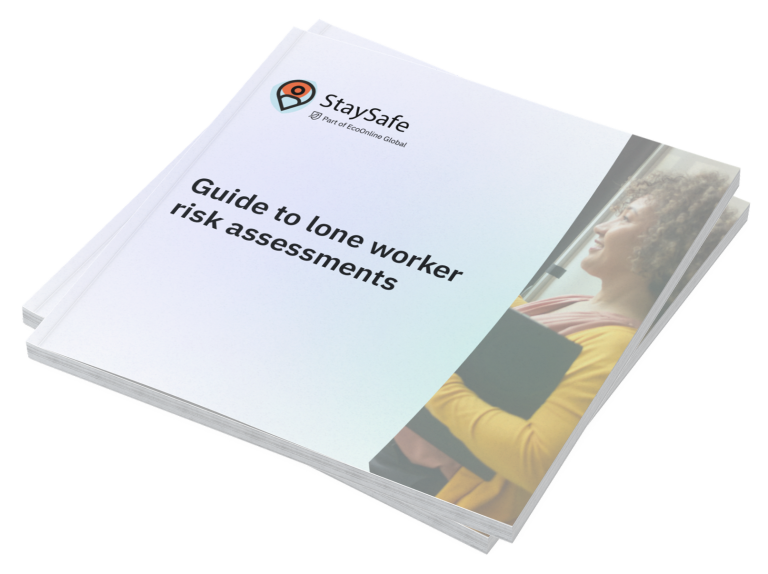
Three Questions to Ask When Purchasing a Lone Working Solution
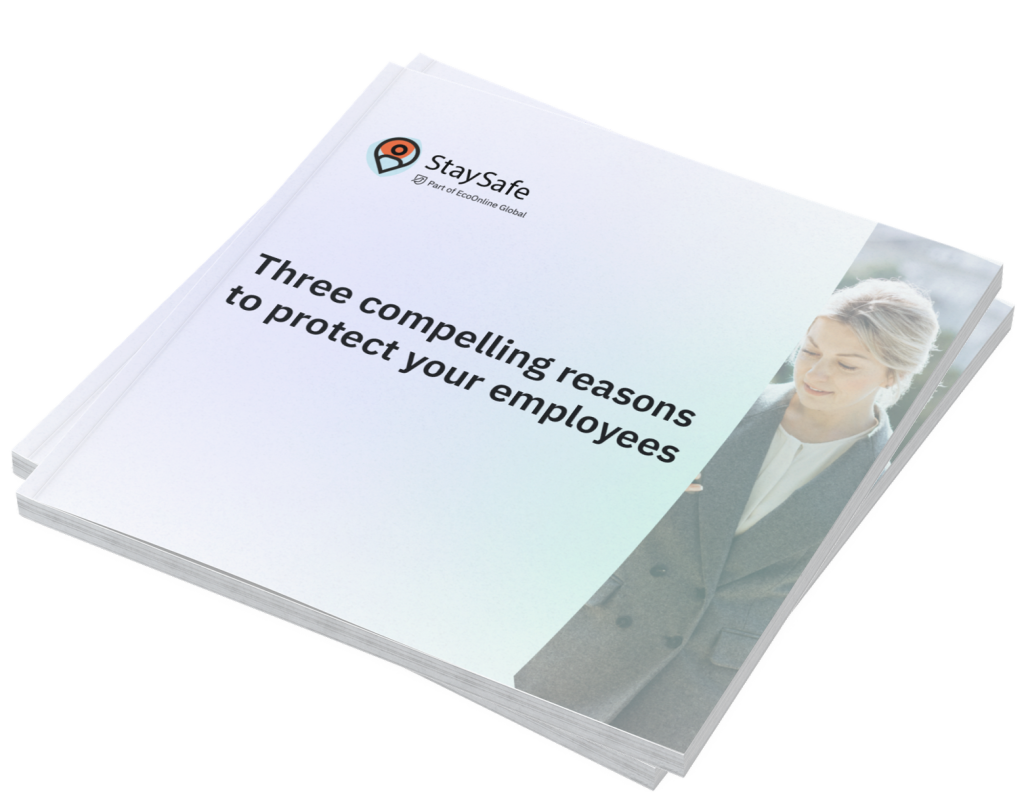
Find out more about StaySafe solutions
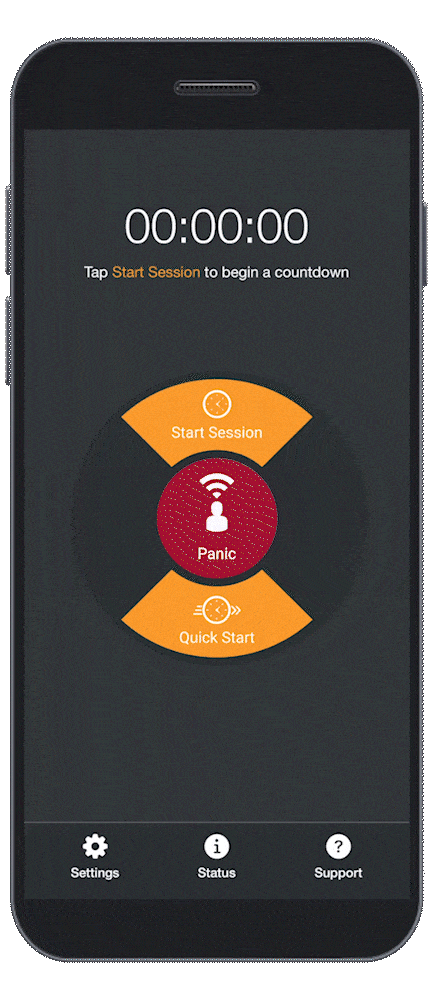
Lone Worker App
Our intuitive app allows employees to check in safely following a lone working session and raise an alert in an emergency.

Cloud Based Monitoring Hub

Wearable Technology










